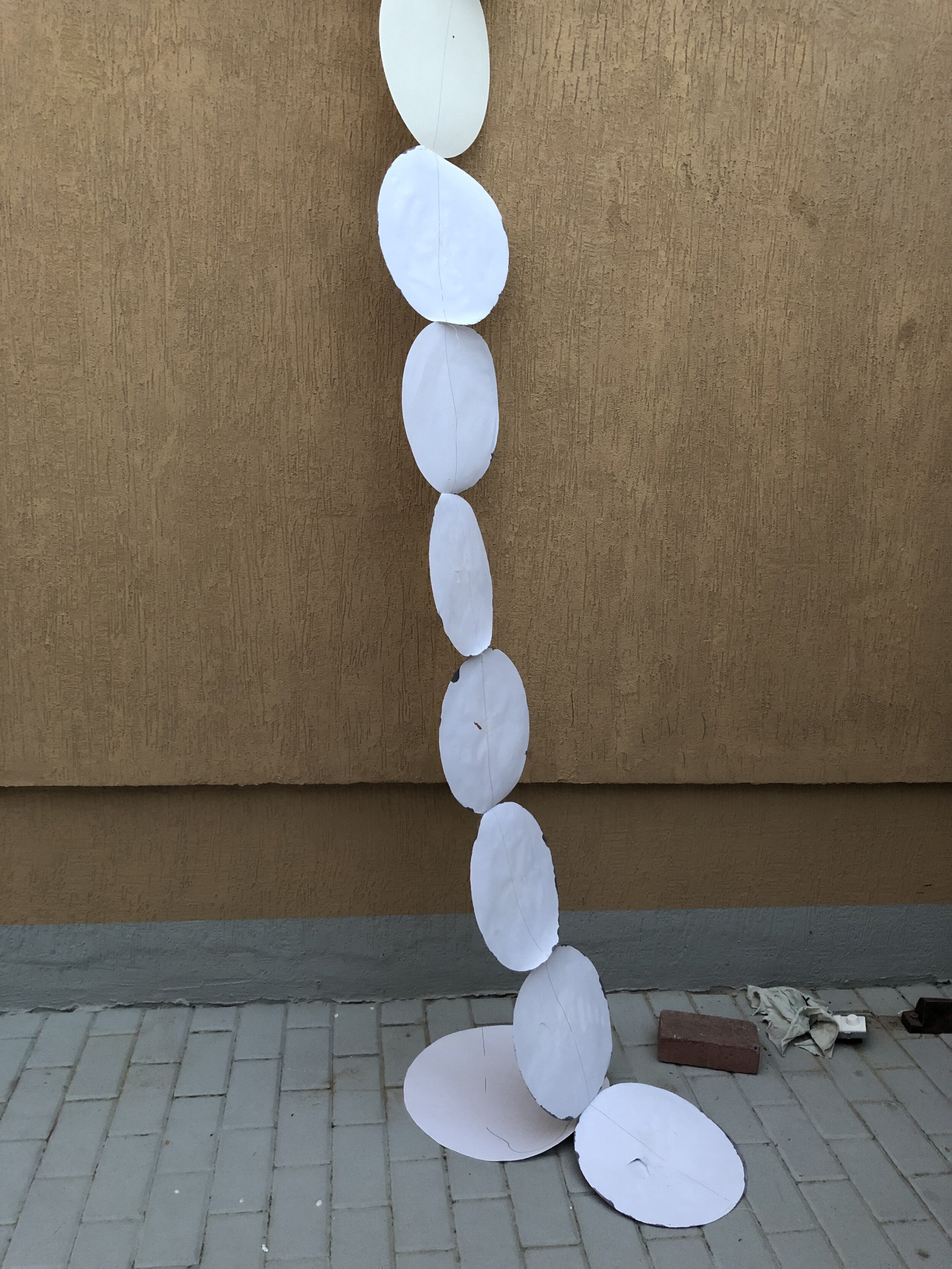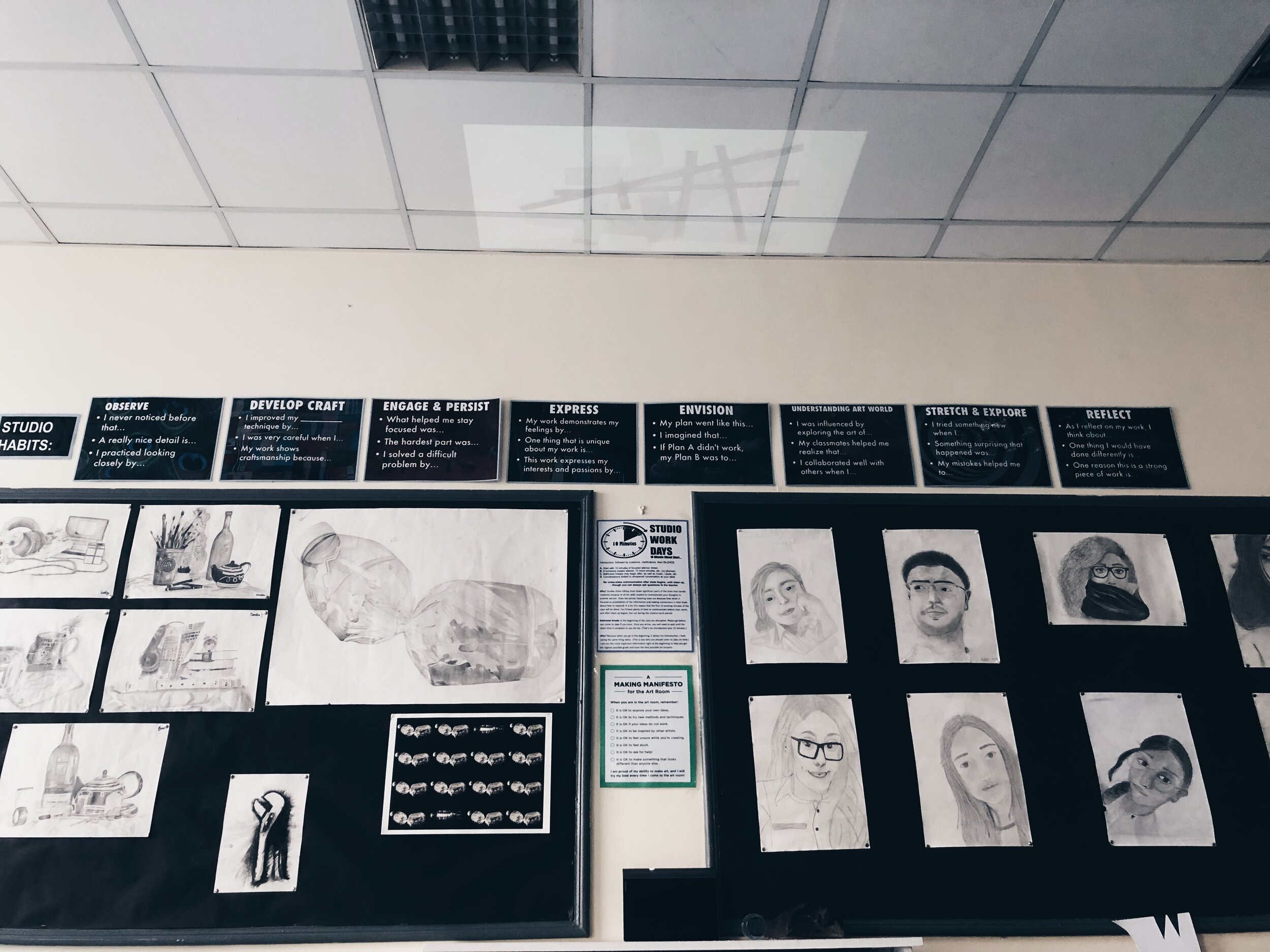Date of tutorial: 10/03/2020
Tutor Name: Neil Musson
Reflections since the last tutorial:
working through the lists of material experiments,
writing with practice is still working - the outcomes are providing the tactility of work that the
audience is unable to encounter without touchdocumenting the work in PhotoStudio
explored binding stacks but found this lacklustre
working well with the style of writing on blog moving away from academic writing
Notes and discussions with Neil Musson:
Sent Neil an email with a link to the blog
Neil explains that as I didn’t follow the format of the rest of my cohort it offered an opportunity for him to dive into the practice. It was clear that I think through my writing - drawing with words in the way that I’m using words. Really strong is the direct impression of myself in my work - impressing myself into the work - as well as a metaphoric impression of thought process in the work -
Honesty - flicking through different dates on the blog, the consistency is the honesty of the work, a personality - not emotive in the way colour can be emotive - clearly a decision to remain monochromatic - in responding to the
contrast of line against the mist of abstraction that is undefinable - it’s definite - the layer, even if I don’t read anything, it gives a narrative, time, depth, confusion, contradiction.
Looking at the work, including those visible behind me in the studio it gives a sense of mapping, journey, going somewhere - my about page on website discusses rhythm and routine, you can find that context in the work.
Writing - Really importantly, looking at the way I write; write poetically in the format of a poem and the interesting moments of writing between that, the questioning of self - I discuss that for me it is the narrative aspect of the work - how I write the process in the format of a story - the writing is about the work, the writing is my offering of the experience of tactility of materials - giving the experience to the reader -
Referencing a blog post, Neil discusses the language and format used - ‘how I might proceed, line by line - maybe I should do this, maybe I should do that.’ Its a direct record of my thinking - so many potential things, it
reads like a recipe - if the audience is to read this where would the mind go? - should I do this or would it be counterproductive - it produces an assembling in the mind - As the audience, we questions ‘am I experiencing
the artwork now? Rather than the tiles and painting, perhaps the text and poetry is the work - the physical making is the mechanism that the work is made.
an exhibition of words - recipes of thoughts - drawings.
If I look at them aesthetically - how do I integrate the text - how do I show the text, is it typed, written? - don’t worry about being literal - it might be best to discuss it literally.
Does the process of display enhance the work or take away from it. Can the text become layered, burying, stacking, storing -
control - good to be out of control, it will surprise you and the work will feedback information to me, its a dialogue to making - if I plan the lack of control, I have controlled the lack of control - Neil calls it ‘Planned
Unpredictability’, it’s interesting as you are setting up a situation but don’t know what the outcome will be
- a way to explore this further is collaboration - a response (any response) to the work is a form of collaboration - they (another person) become a part of the work as soon as they respond when the artist listens to someone
looking at the work, - you relinquish control the moment you put something out there, hearing what others are saying is a collaboration
- plan to be out of control, 100%, its really important - its a paradox but you are encouraging dialogue between the work and yourself, then you and the audience, keep challenging this - for instance with the stacks - what if
it’s not me and someone else makes the stacks - I don’t make the assemblage myself, but I respond to the assemblage - inviting the work to talk to you. tutor note: this comment is based on allowing an element of the
process to be unpredictable to establish a dialogue between artist and process. It is reliant on their being a strong foundational research idea in place.
If you think of it as a conversation- they are the most interesting - take on the role of a detective to work it out.
Gallery scenario - they know the artist made the work for a reason - trying to work out the artist’s intention - putting work into a place where there are no preconceptions and being able to interpret without
- the contractions, paradoxes and anomalies - make it more interesting and the varied feedback dependent on the way work is seen. It the spice in the cooking.
Scale - is it a series, how are we confronted with your work, beyond that - overwhelm - the repetition of handheld objects that overwhelm -
if they are multiples, how many can there be, how big is would be - thinking beyond the oca course, the
difference in scale in the way something feels, how would it change if they are larger scale - 3m instead of 3 bricks high - a mist - not being able to interpret, take a photo of the work and enlarge it. - referred to desert
projections.
Really useful tutorial, Neil looked at the work from a ‘clean’ standpoint, without prior knowledge and gave similar feedback to that which I have received from other mentors and peers who are not part of the OCA course. The interesting aspect was the functioning of the text in the work, and its relationship with the making, that a product of process is a work, that perhaps the process of making is a process for another outcome.
Agreed actions (if any)
To move forward I will be looking into the display of the text, continuing with the experiments and writing alongside the work and considering the role of performance, instructive/descriptive art.


















 Using the tracing paper have another aspect to note taking, allowing them to literally overlap and intertwine.Below are the individual pages, scanned and manipulated to show contents clearly.
Using the tracing paper have another aspect to note taking, allowing them to literally overlap and intertwine.Below are the individual pages, scanned and manipulated to show contents clearly.



